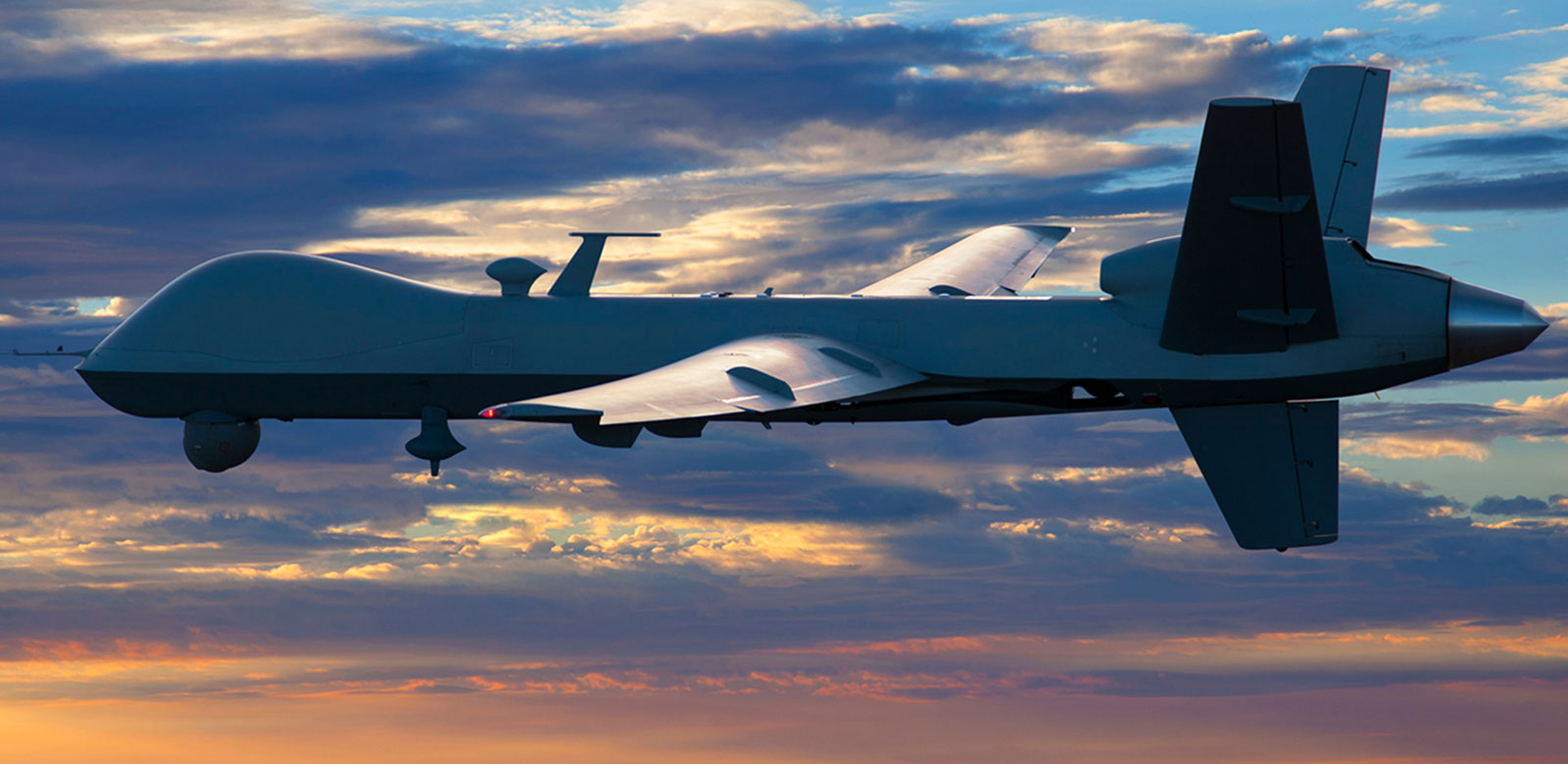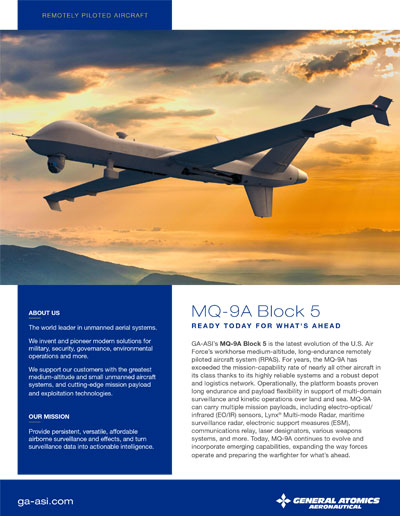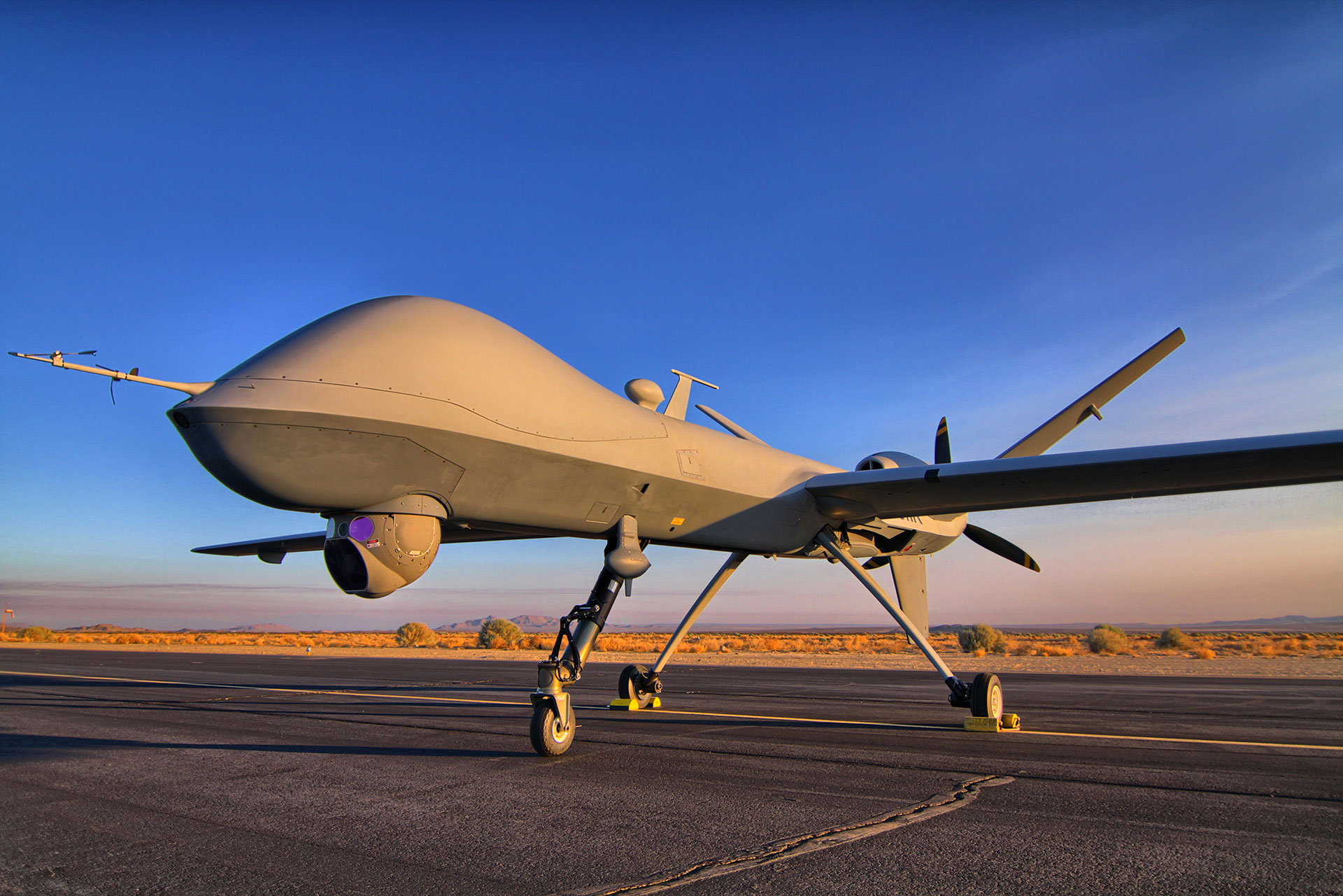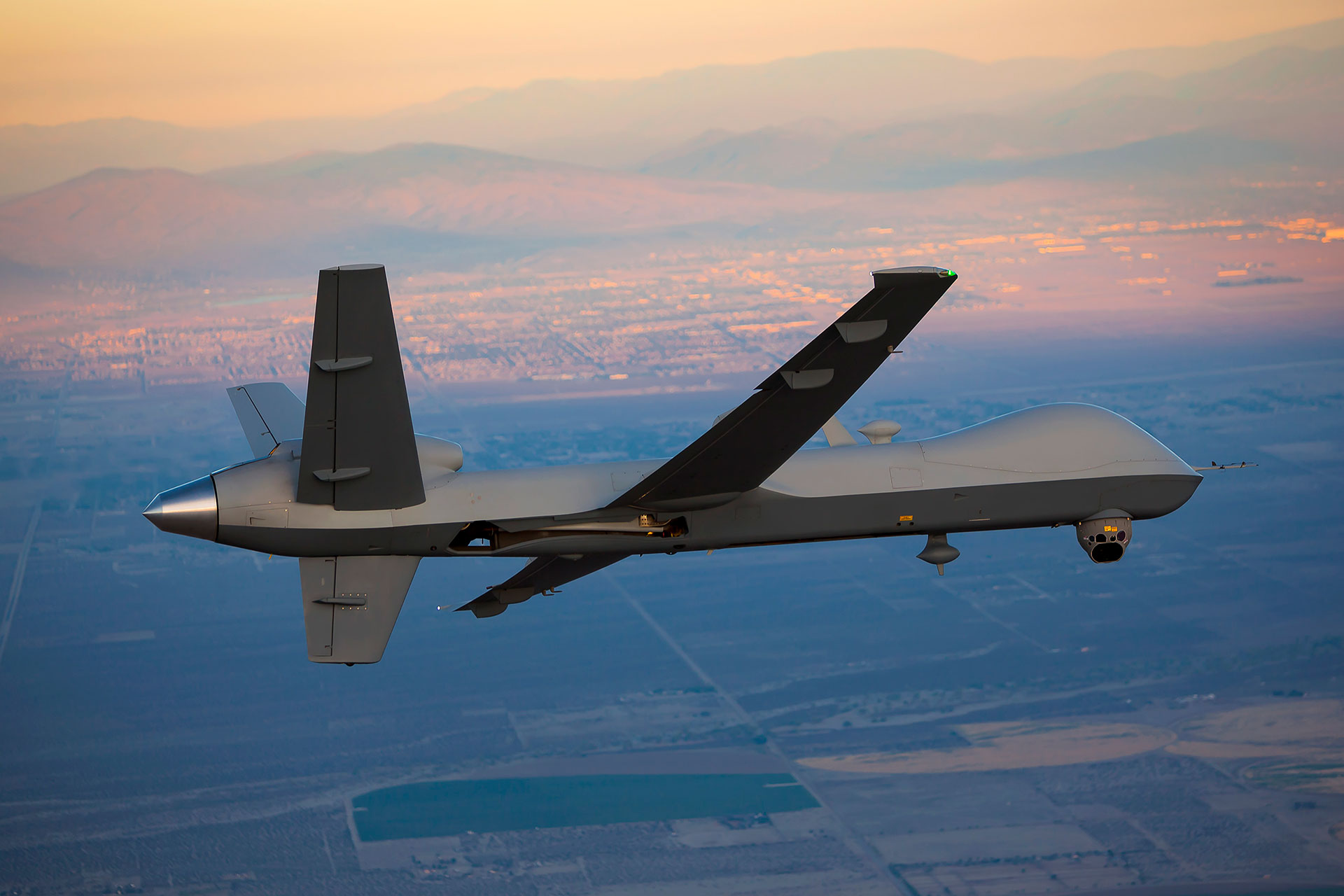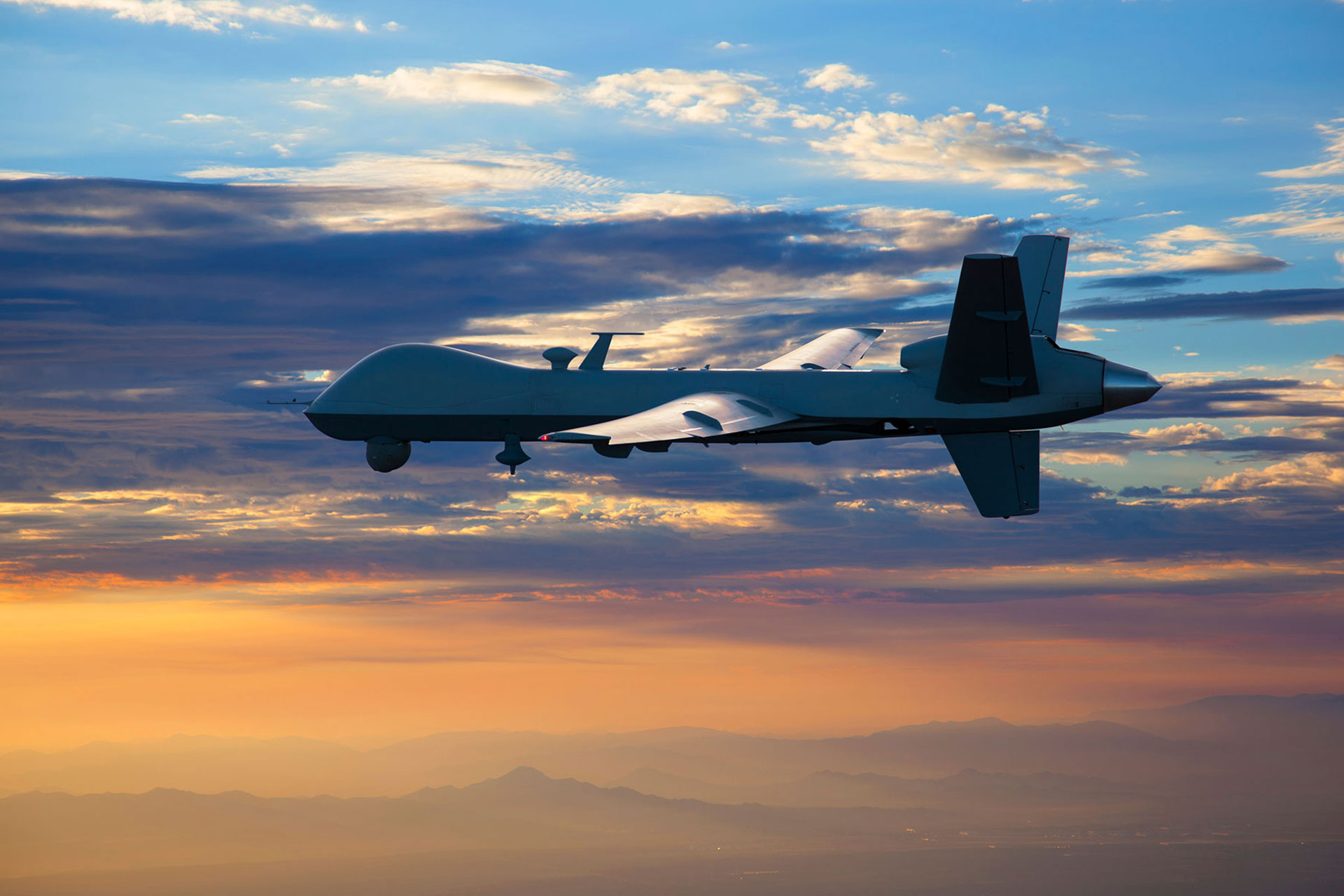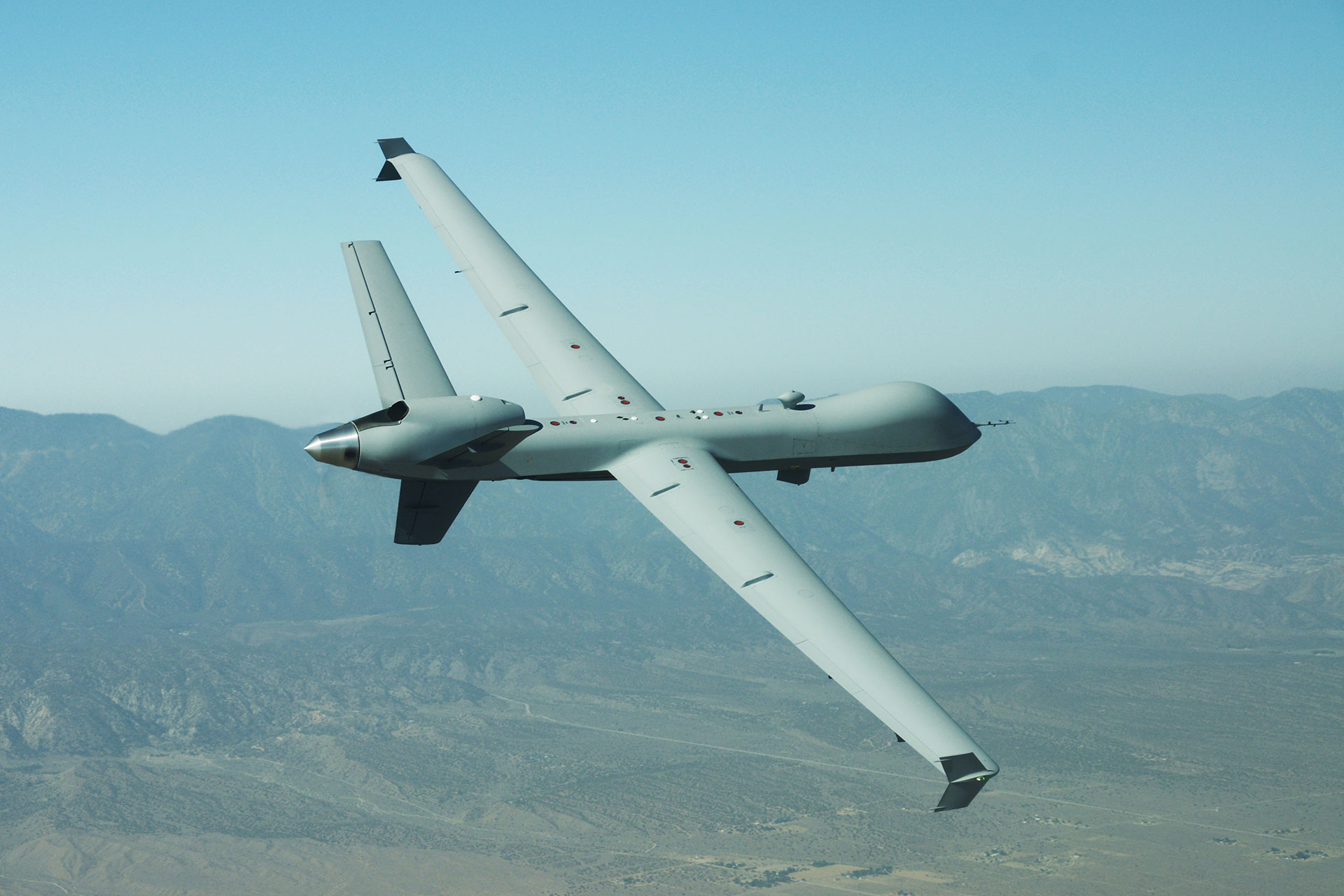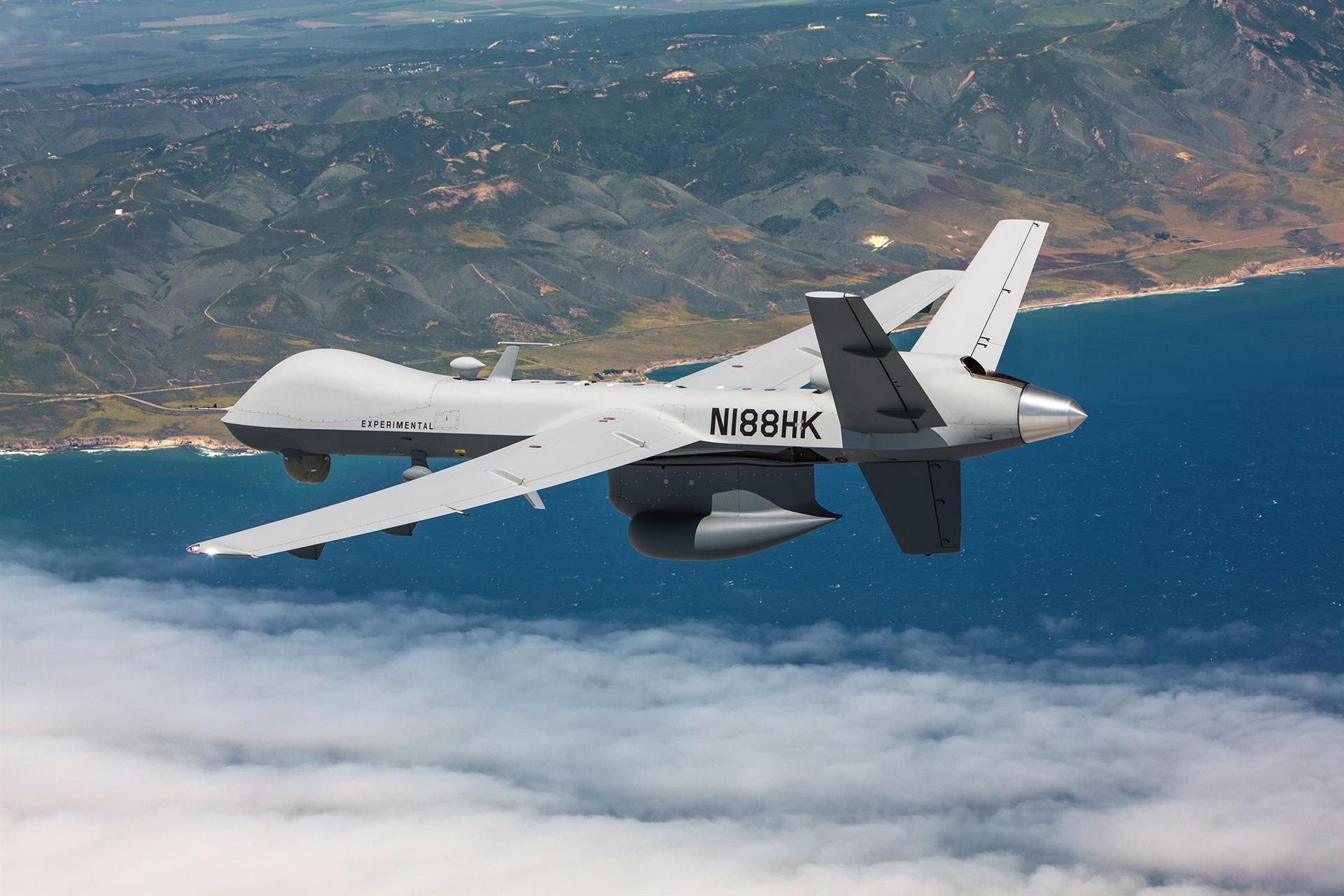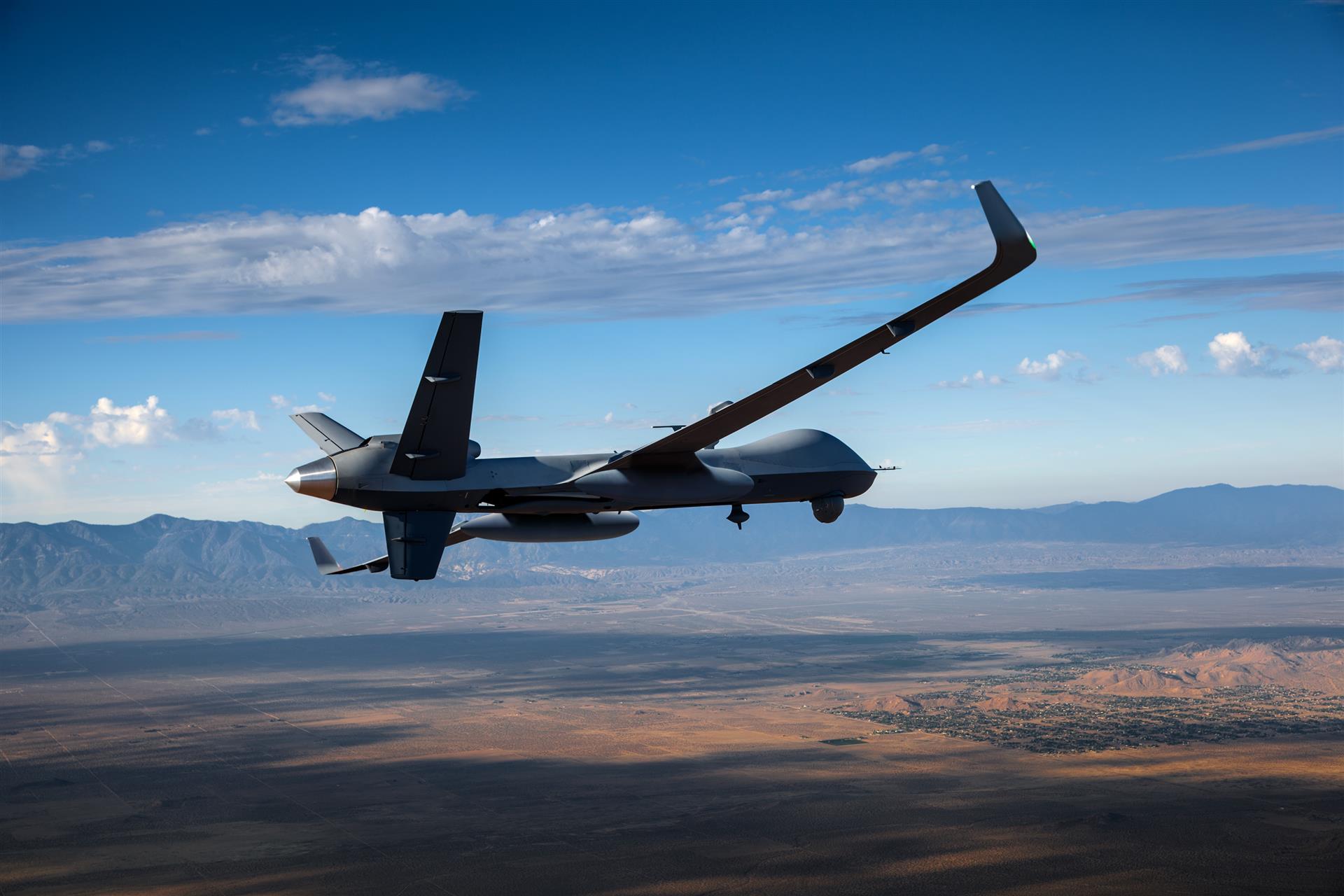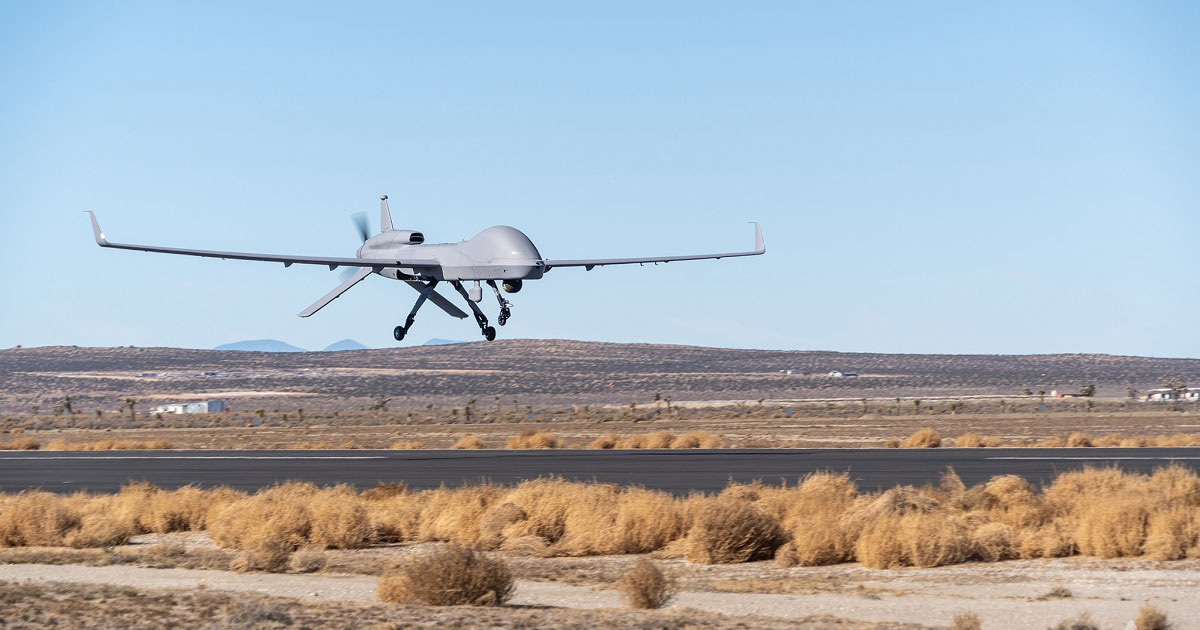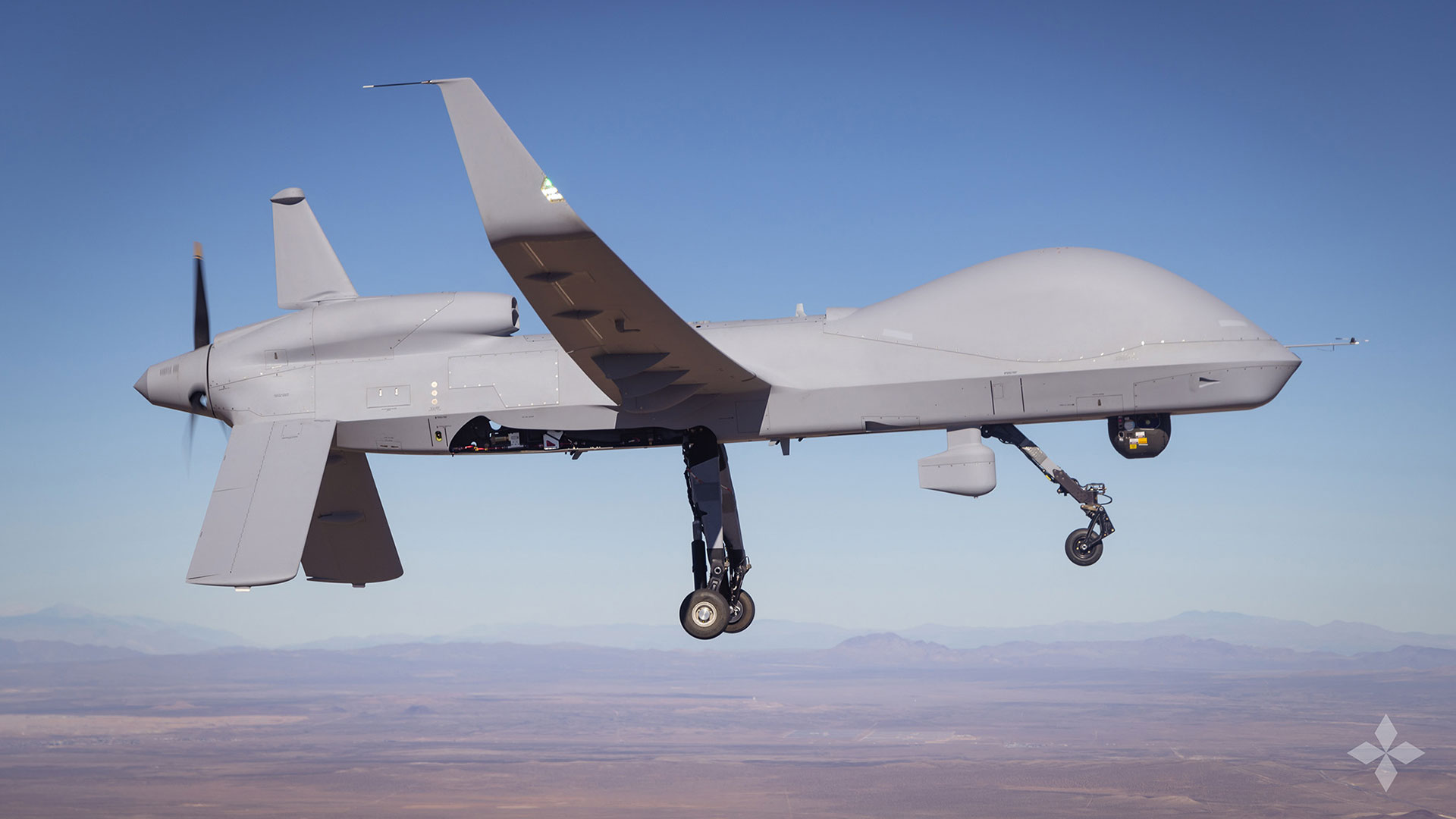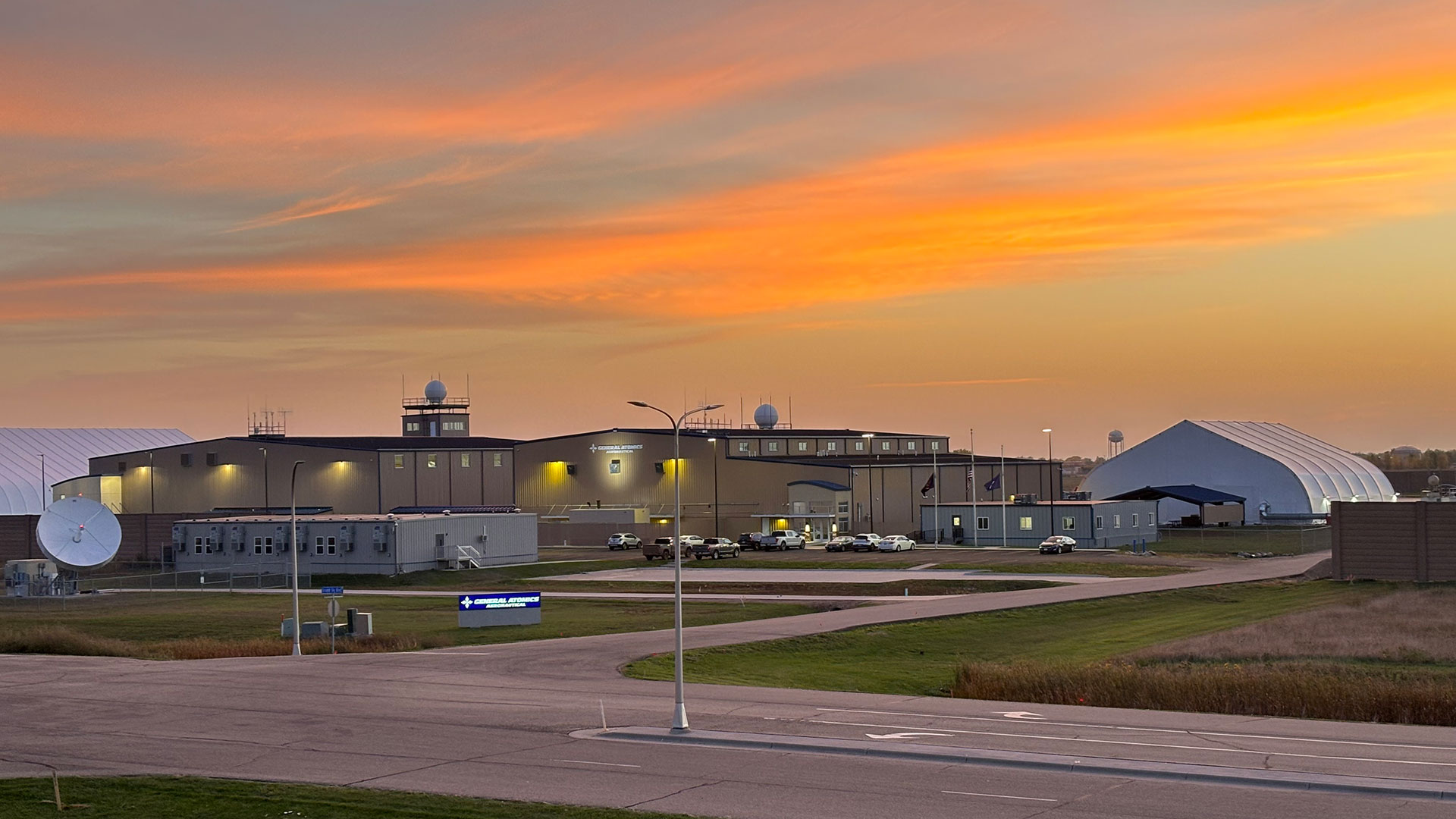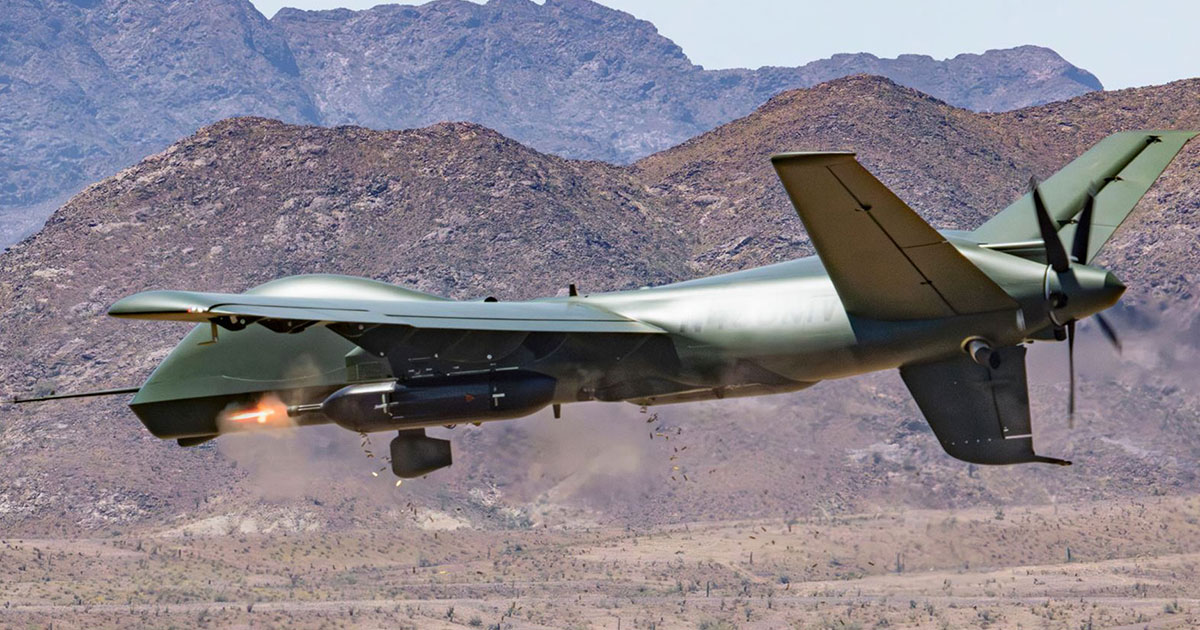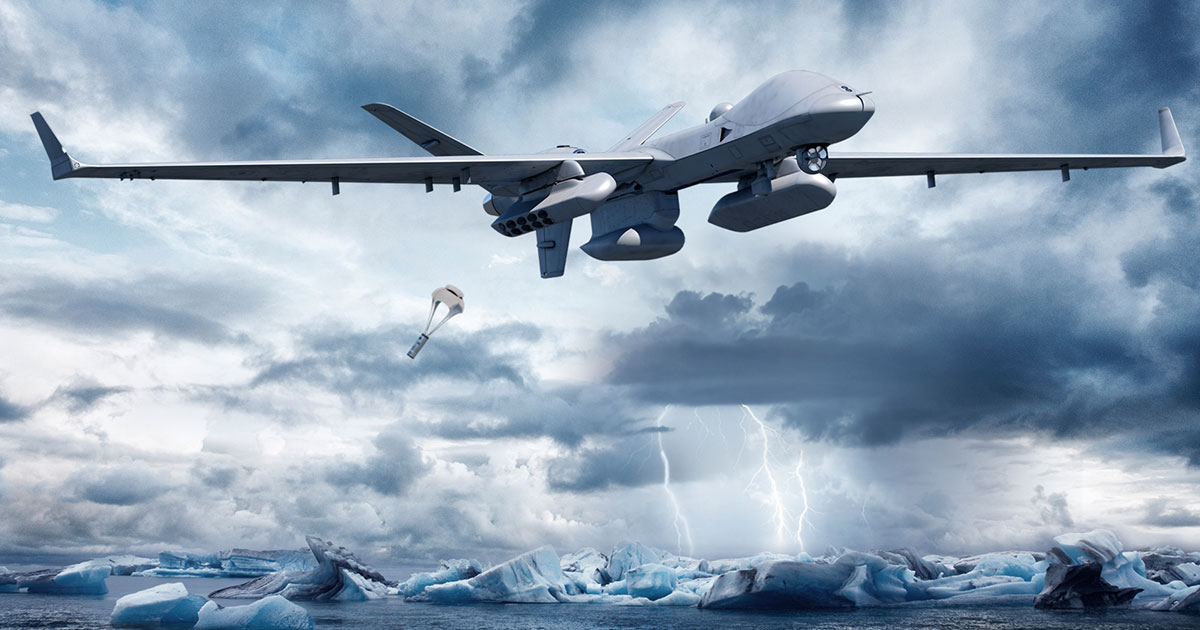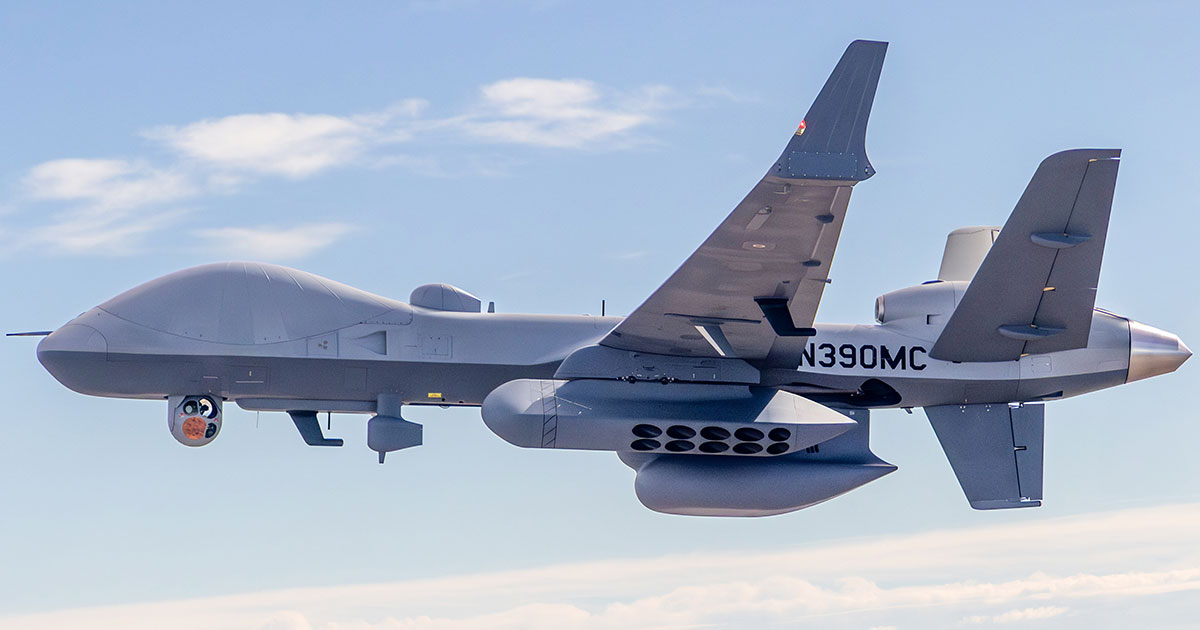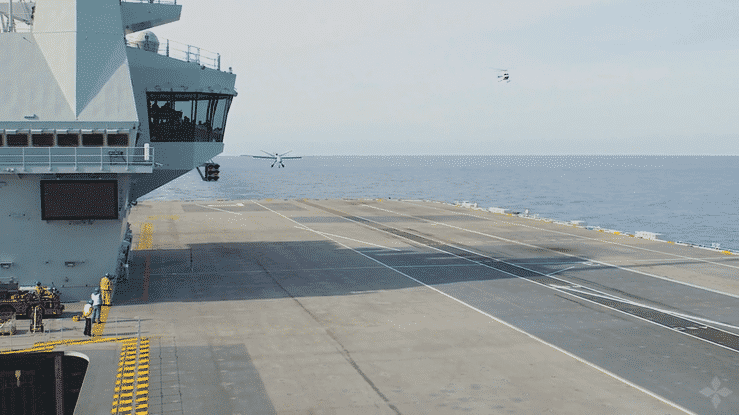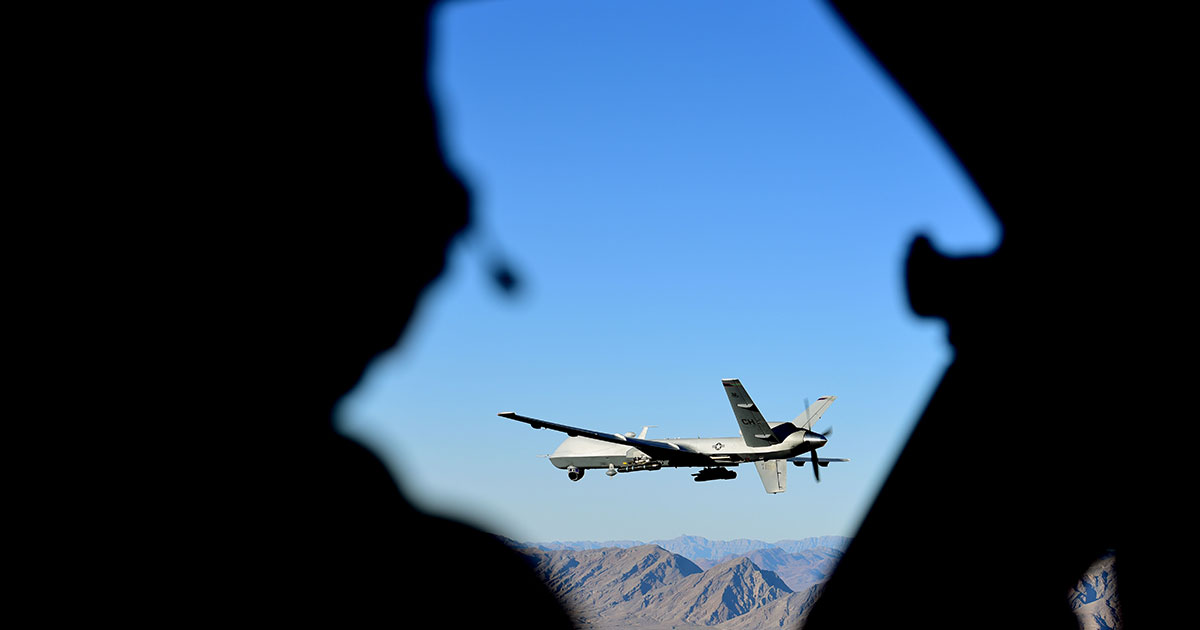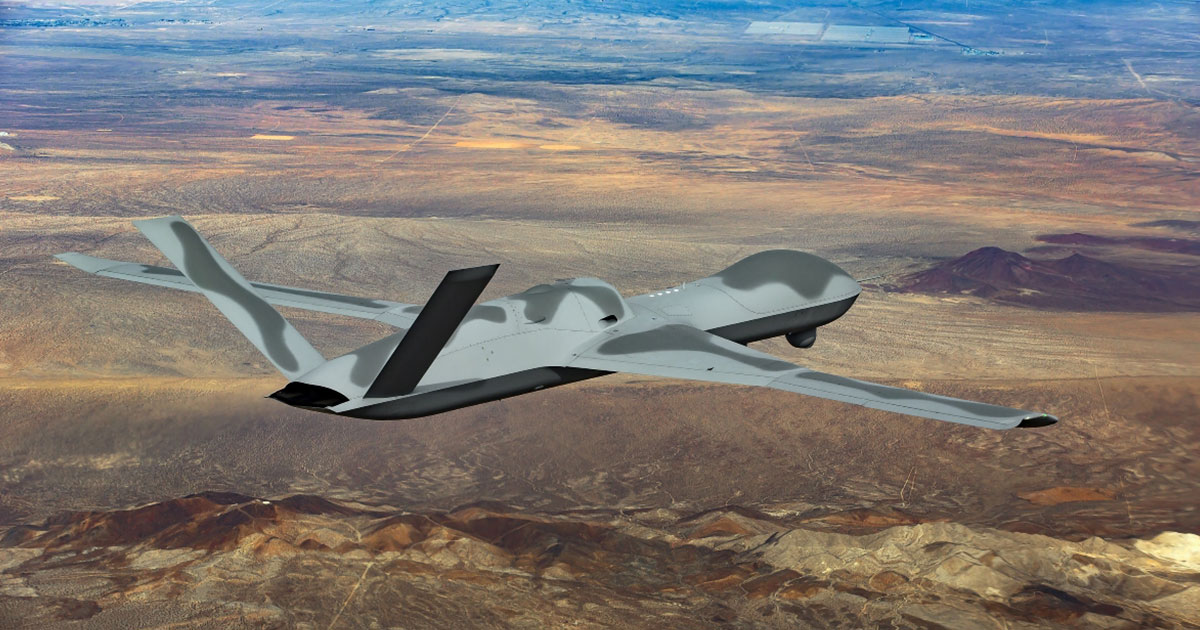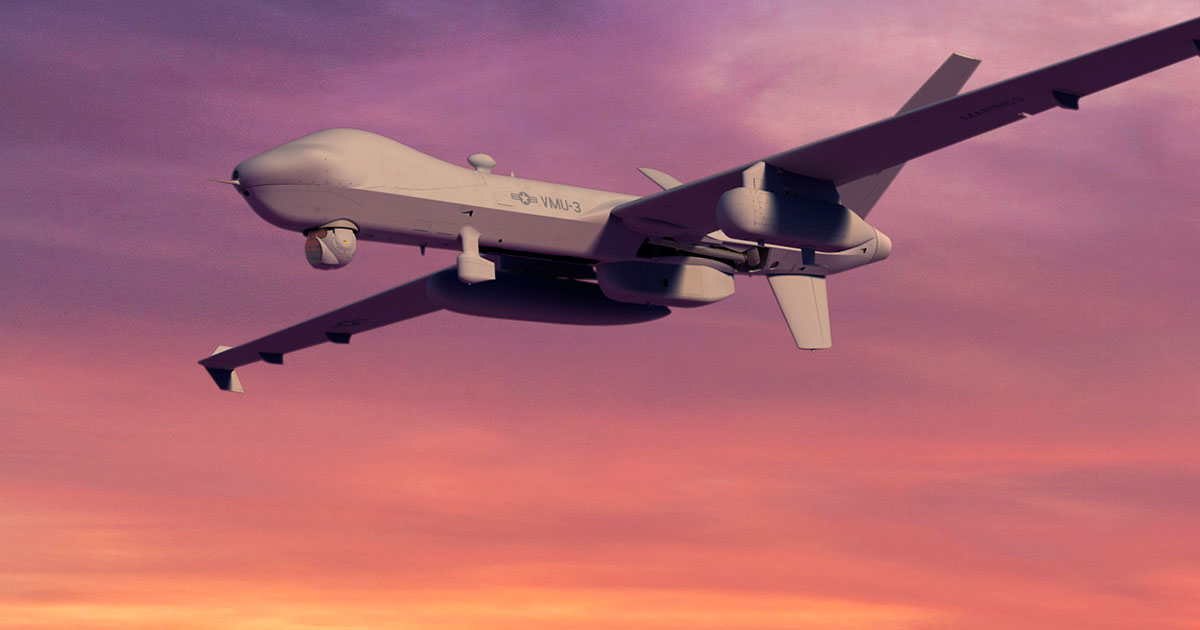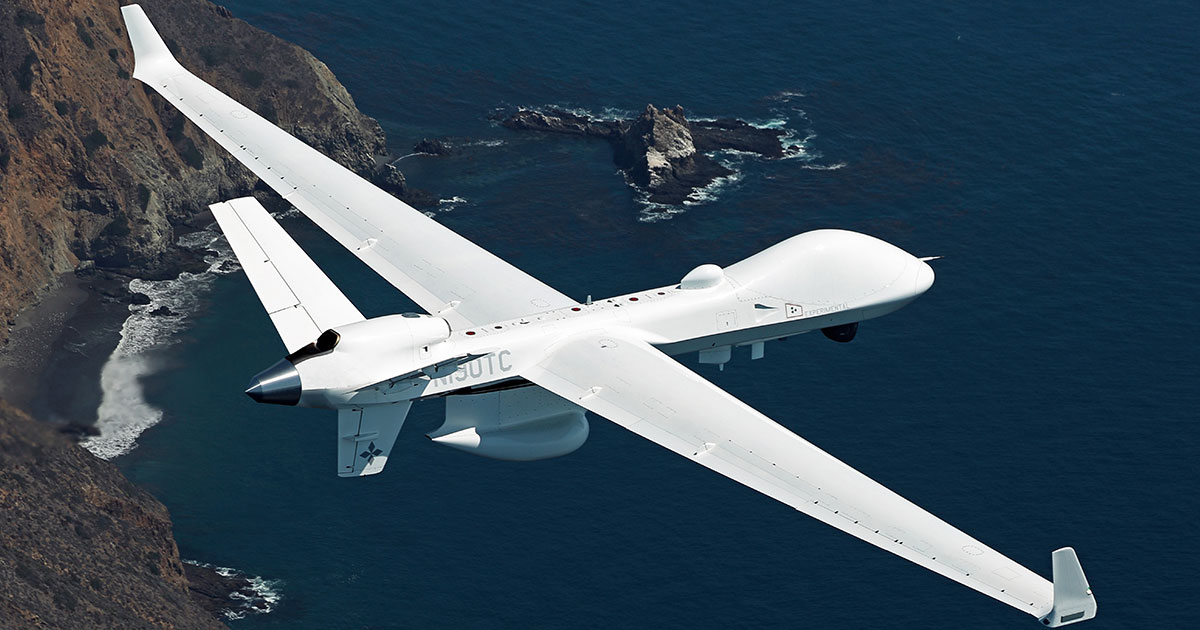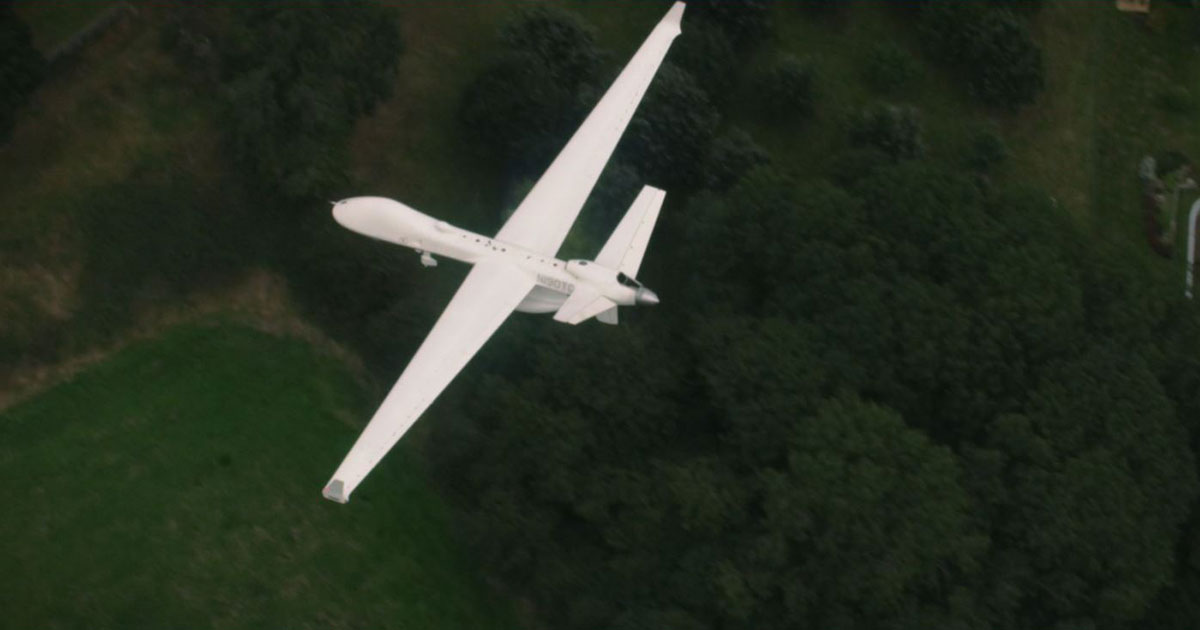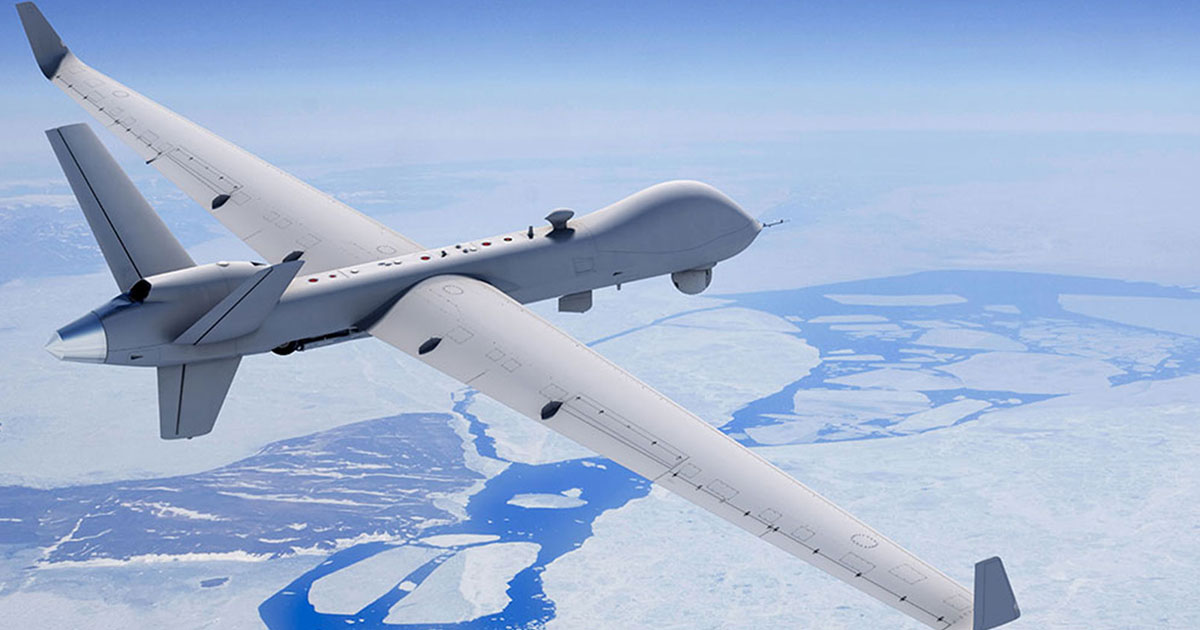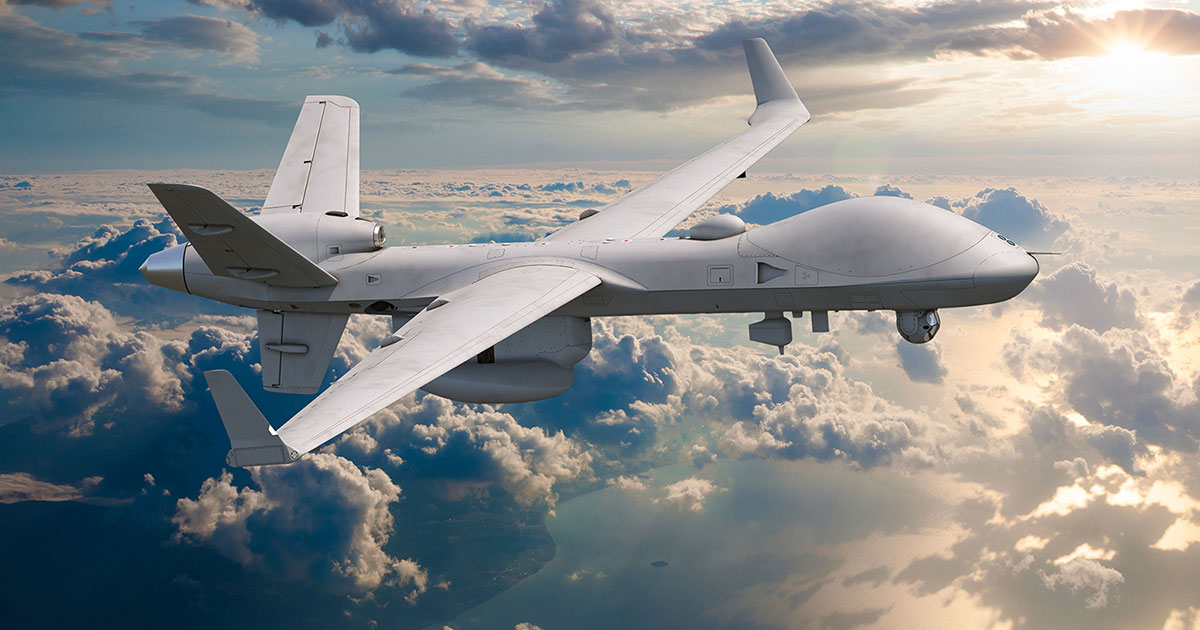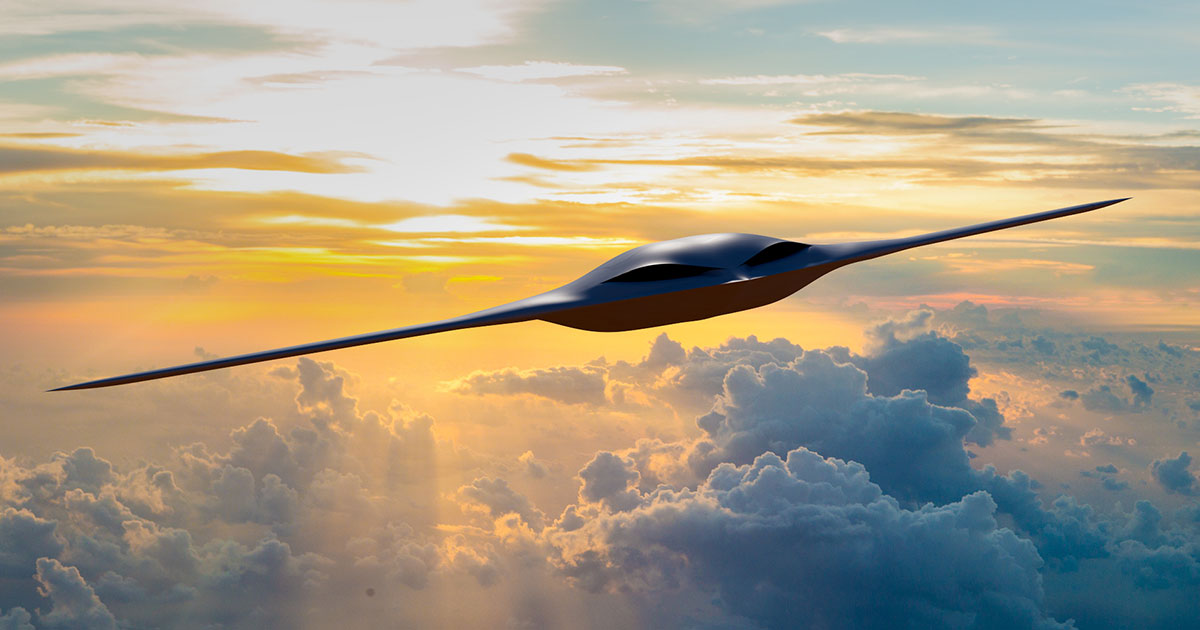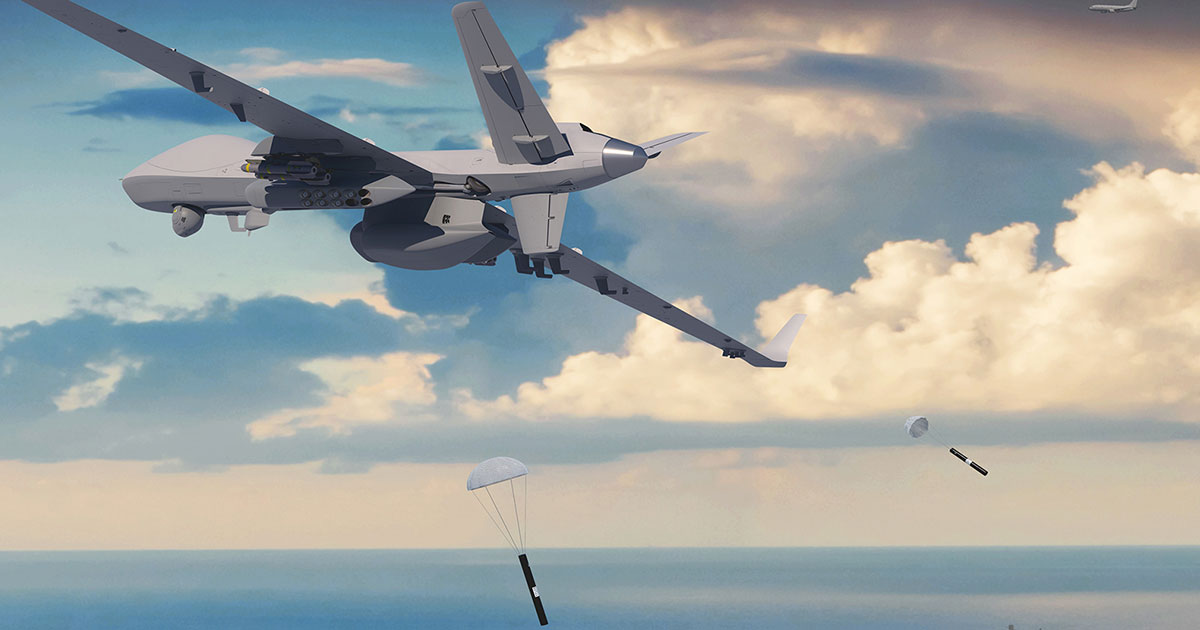MQ-9A "Reaper"
Persistent Multi-Mission ISR
The turboprop-powered, multi-mission MQ-9A Remotely Piloted Aircraft (RPA) was developed with GA-ASI funding and first flown in 2001. MQ-9A "Reaper" is a highly sophisticated development built on the experience gained with the company's battle-proven Predator RPA and is a major evolutionary leap forward in overall performance and reliability. MQ-9A was designated "Reaper" by the U.S. and Royal Air Force, but has become the widely used name for any Predator B equipped with weapons.
Featuring unmatched operational flexibility, MQ-9A has an endurance of over 27 hours, speeds of 240 KTAS, can operate up to 50,000 feet, and has a 3,850 pound (1746 kilogram) payload capacity that includes 3,000 pounds (1361 kilograms) of external stores. The aircraft carries 500% more payload and has nine times the horsepower. It provides a long-endurance, persistent surveillance/strike capability for the war fighter.
An extremely reliable aircraft, MQ-9A is equipped with a fault-tolerant flight control system and triple redundant avionics system architecture. It is engineered to meet and exceed manned aircraft reliability standards.
MQ-9A is powered by the flight-certified and proven Honeywell TPE331-10 turboprop engine, integrated with Digital Electronic Engine Control (DEEC), which significantly improves engine performance and fuel efficiency, particularly at low altitudes.
The aircraft is highly modular and is configured easily with a variety of payloads to meet mission requirements. MQ-9A is capable of carrying multiple mission payloads to include: Electro-optical/Infrared (EO/IR), Lynx® Multi-mode Radar, multi-mode maritime surveillance radar, Electronic Support Measures (ESM), laser designators, and various weapons and payload packages.
MQ-9A continues to improve and evolve, making it more relevant for its customers' emerging needs. The MQ-9A Extended Range (ER) was designed with field-retrofittable capabilities such as wing-borne fuel pods and a new reinforced landing gear that extends the aircraft's already impressive endurance from 27 hours to 34 hours, while further increasing its operational flexibility. To date, the MQ-9A has been acquired by the U.S. Air Force, U.S. Department of Homeland Security, NASA, the Royal Air Force, the Italian Air Force, the French Air Force and the Spanish Air Force.
Gallery
| Objective |
|---|
| Perform multi-mission Intelligence, Surveillance and Reconnaissance (ISR) missions over land or sea. |
